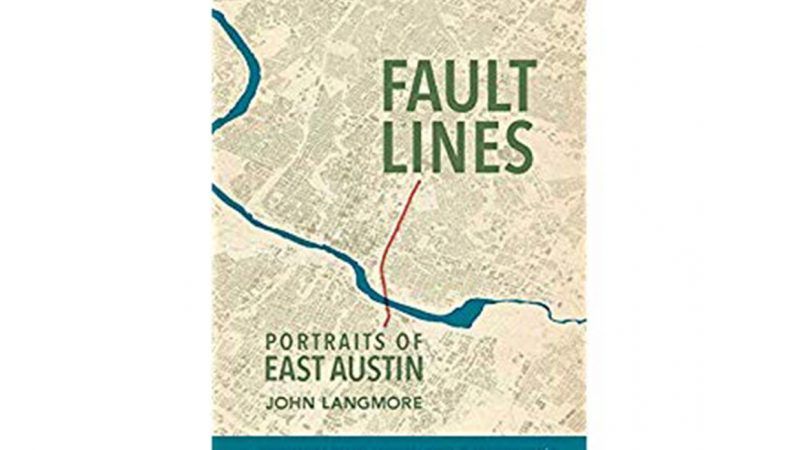Fault Lines
The relics of terrible segregationist government policies are still felt in East Austin, an area that's quickly gentrifying

"For people who have lived in Austin, Texas, for more than a few years," John Langmore's Fault Lines: Portraits of East Austin starts, "two emotions often compete for dominance: how sweet it remains to call Austin home, and how quickly Austin is changing."
For my neighborhood that is especially true. In 1928, the city government enacted segregationist policies meant to push black and Latino families away from white neighborhoods. In the 1930s, federal government redlining cemented this further. Now East Austin—where the minority population put down roots—is gentrifying. Langmore's book captures essay and photo vignettes of how things used to be: joyous Juneteenth celebrations; a house with a shrine to the Virgin Mary in the yard and a rooster clucking in the driveway; tricked-out slab cars with elbow wheels and glossy paint; tortilla factories that have since been shuttered.
"What I fear most is that one day my grandchildren and great-grandchildren will never know that a thriving black community ever existed in East Austin," Wilhelmina Delco, who moved to the area in 1957, laments. Delco's essay describes how the community used to pool money to help pay for wreaths for neighbors' funerals and how elders would give teenagers advice on picking a college. In another essay, resident Johnny Limon says his dad would find plumbers at bars when their house needed work, trading tire repair services at his shop for their labor. Limon mourns the human cost of rising property taxes and the fact that families can't afford to live close to each other anymore.
Fault Lines is not angry or bitter; it's a love letter to a bygone Austin and a reminder of how complex the causes and effects of gentrification can be.


Show Comments (14)